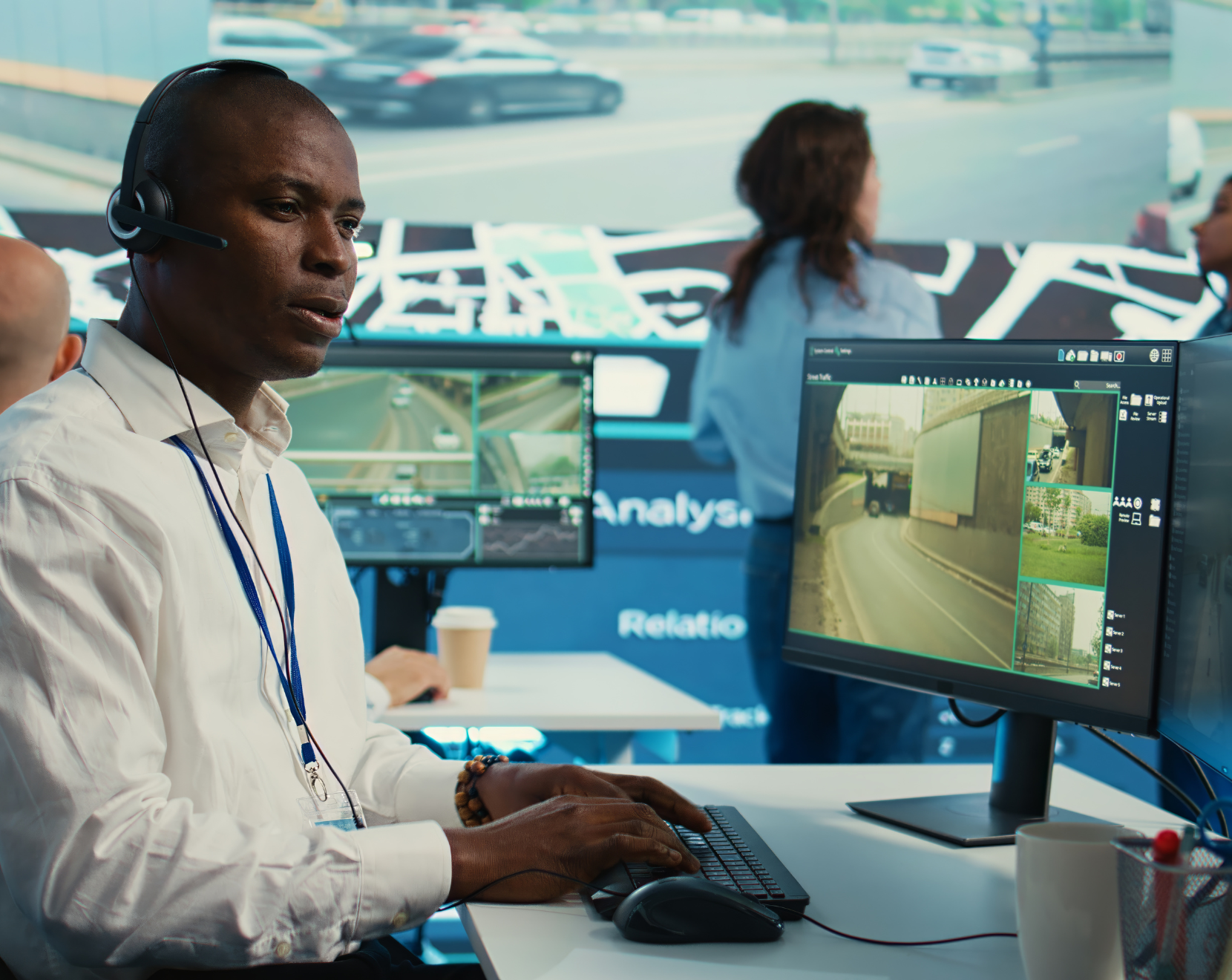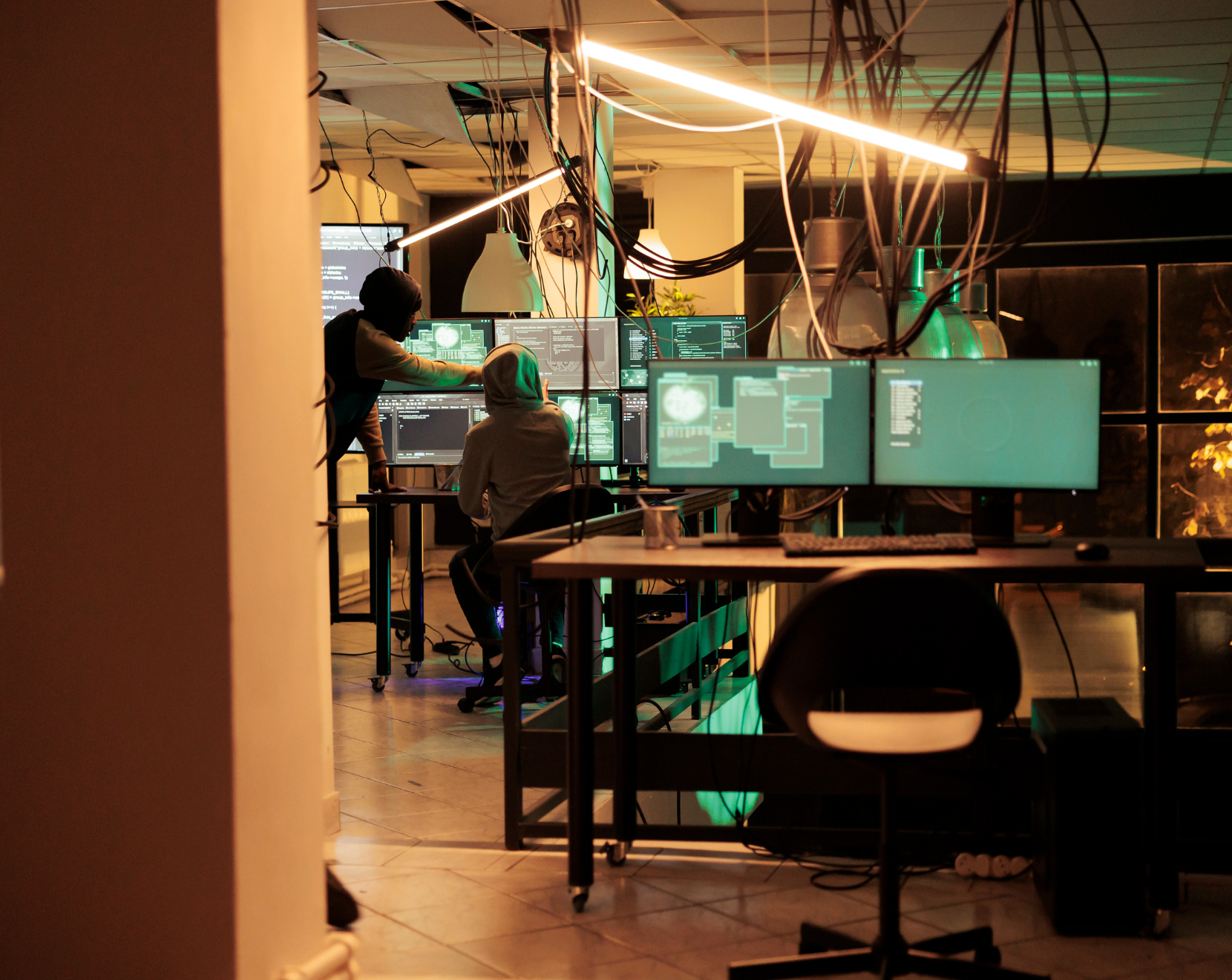Security personnel play a crucial role in protecting patrons and ensuring smooth operations in drinking establishments. Their presence brings order to high-capacity environments where unpredictability is common. But when these individuals are improperly hired, inadequately trained, or left without oversight, they can shift from being protectors to the source of a venue’s most serious legal exposure.
Lawsuits involving bars and clubs rarely come out of nowhere. Often, they emerge from subtle missteps that build up over time—a shortcut taken during hiring, a missed training update, a night where no manager was available to oversee a critical decision. These are the moments that don’t make the news until something goes terribly wrong. And when that moment comes, it’s not just the actions of a single employee that are put on trial—it’s the system behind them.
Hiring Isn’t Just Staffing—It’s Liability Management
The pace of nightlife operations can tempt management to treat security hiring as a matter of convenience. But a filled shift is not the same as a qualified team. Security staff are asked to make split-second decisions that can affect physical safety and legal standing. If they aren’t properly screened, licensed, and trained, they aren’t just unprepared—they’re dangerous.
In case after case, we’ve examined venues that skipped essential background checks or failed to verify licenses for guards operating in regulated jurisdictions. Some assigned roles to individuals who had never worked in a nightlife setting before. In one instance, a guard with a known record of violence physically attacked a guest during an ejection, causing severe injuries and triggering both civil and criminal proceedings. That single hiring decision cost the venue more than the incident itself.
This isn’t about overregulating. It’s about protecting everyone—patrons, staff, and the business itself—from the consequences of assigning responsibility to those who aren’t equipped to carry it.
The Danger of Undefined Boundaries
One of the most consistent warning signs in high-risk venues is the absence of written security protocols. Without clear policies in place, decisions that directly impact legal outcomes are made on instinct rather than instruction. Even experienced staff struggle when there’s no guidance to follow.
In our evaluations, we’ve come across venues that had no formal use-of-force policy. Security teams were expected to “do what feels right” during confrontations or removals. That ambiguity can create massive problems when incidents are reviewed in court. Without guidelines, there is no objective way to evaluate whether an employee’s actions were reasonable or excessive.
The impact of that absence becomes even more damaging when staff can’t point to a policy they followed. Inconsistencies across incidents quickly reveal themselves, and juries are left with the impression that security protocols were applied selectively—or not at all.
Establishing written policies isn’t about limiting staff discretion. It’s about providing the tools to make consistent, legally defensible decisions under pressure. Without them, even minor incidents can snowball into major liability claims. wants safety, but frontline staff aren’t supported to deliver it. In court, that disconnect becomes a liability.


When Leadership Goes Missing
A well-trained security team is important—but supervision is non-negotiable. Leadership on-site ensures that protocols are enforced, incidents are escalated properly, and decisions are documented in real time. Without it, accountability disintegrates.
We’ve seen cases where security teams operated without a single designated lead. When violence broke out or a guest was removed under questionable circumstances, there was no one available to verify the timeline, de-escalate the response, or follow up with documentation. Even worse, some managers were unaware the incident occurred at all until they received a call from law enforcement—or a lawyer.
This lack of oversight often reflects a deeper issue: that the venue hasn’t prioritized internal communication. And without it, security staff are forced to act independently in high-pressure environments that demand structure, not improvisation.
The legal system doesn’t reward good intentions. It responds to systems of accountability. In the absence of clear supervision, courts are more likely to assign blame at the organizational level—especially when repeated issues show that the problem wasn’t isolated, but cultural.
Misjudging Force in the Eyes of the Court
One of the most challenging aspects of evaluating security-related incidents is unpacking the question of whether force was justified. In the moment, an ejection or restraint might seem appropriate. But courtrooms don’t evaluate incidents in real time—they evaluate them through careful, deliberate analysis.
When we are asked to provide expert opinions, we examine whether the actions taken were in proportion to the threat presented. This isn’t based on speculation. It’s grounded in training standards, best practices, and the documentation available. If force was used without first attempting de-escalation, or if the patron wasn’t posing an imminent threat, the defense becomes significantly harder to justify.
Even well-meaning security personnel can cross the line when they haven’t been trained on the legal boundaries of physical intervention. And when force is used, the absence of supporting reports, supervisor notes, or corroborating evidence can turn a justified act into a serious liability.
In court, perception matters. And what may feel instinctively right at the time of an incident often looks very different under a legal microscope.
Communication Is Everything—Especially After the Fact
Once an incident occurs, the ability to clearly explain what happened becomes the venue’s last line of defense. This explanation doesn’t come from memory alone—it relies on what was documented, reported, and preserved.
Too often, venues fall short here. Reports are filled with vague language, key details are omitted, and timelines don’t line up. Even worse, in some venues, reporting is informal or nonexistent. This opens the door for opposing counsel to fill in the blanks with their own narrative.
Our job as expert witnesses is to examine the quality and integrity of documentation. When inconsistencies emerge between written reports, staff testimony, and surveillance footage, it raises questions not only about the incident, but about the venue’s entire security operation.
These gaps can unravel a defense in minutes.
Communication isn’t just a soft skill—it’s a critical component of legal protection. When everyone knows what to report, how to report it, and why it matters, the venue stands a better chance of defending itself effectively in court.
One Incident, Many Consequences
It’s tempting to view legal claims as isolated events. A fight broke out. Someone got hurt. A lawsuit followed. But the truth is, most incidents are the visible result of invisible flaws that have been building for months—or years.
A venue that fails to vet staff thoroughly today may find itself explaining that failure in court years later. A manager who dismisses the importance of written policy might find their decisions quoted in legal briefs. A team that doesn’t debrief after an incident might miss a crucial opportunity to prevent the next one.
These aren’t theoretical concerns. We’ve watched venues suffer public scrutiny, lose liquor licenses, or shut down entirely because of a single incident that exposed deeper structural weaknesses.
Legal defense is important. But prevention is powerful. And when venues commit to professional training, policy development, and independent expert review, they shift from being reactive to proactive.
In a legal environment where juries are increasingly critical of nightlife safety, that shift can mean everything.
Why Post-Incident Practices Shape Legal Outcomes
What happens in the minutes and hours after an incident can define how a case unfolds legally. In many cases we’ve reviewed, the most damaging evidence wasn’t what was caught on camera—it was what wasn’t done afterward. A missing report, delayed statement, or ambiguous response from management often gives opposing attorneys a wider path to establish doubt or negligence.
In the chaos that follows a confrontation or ejection, it’s understandable that focus shifts to immediate resolution—getting people out safely, calming the crowd, or cleaning up the aftermath. But what gets overlooked in that urgency is the critical step of creating a reliable account of what took place.
Venues that treat documentation as an afterthought almost always regret it. The venue’s version of events becomes far more difficult to support when there’s no paper trail or footage to anchor it. In court, this is rarely forgiven. Judges and juries look not just at what happened—but at what was done to document and respond to what happened. Without this, even strong cases can begin to unravel
The Legal Standard Isn’t Perfection—It’s Preparation
One of the most misunderstood aspects of expert witness testimony is the belief that venues are held to standards of perfection. In reality, the legal system understands that environments like nightclubs and bars are inherently unpredictable. What it demands, however, is preparation. That preparation is measured through policies, protocols, training, and evidence of continuous improvement.
We are often asked in testimony not whether an outcome could have been avoided entirely, but whether the venue acted in a way that was reasonable given the risks they manage. Were they aware of the potential for harm? Did they take steps to mitigate those risks? Was the staff prepared? Was the response measured?
These questions aren’t just for show—they determine outcomes. And they draw a sharp line between venues that operate responsibly and those that wing it night after night.
In case after case, it’s the presence—or absence—of preparation that moves a venue from defensible to liable.
Shifting from Litigation Defense to Risk Strategy
While expert witness services are often associated with reactive situations—after a claim has been filed, after an incident has occurred—many venues now see the value in engaging those services as part of their ongoing risk strategy. They’ve recognized that having an expert evaluate their operations before a problem arises can be the difference between staying open and facing reputation damage or financial fallout.
We’ve helped venues proactively assess their security staffing models, evaluate their documentation practices, and audit their surveillance systems. This shift isn’t just about checking boxes—it’s about building internal systems that reduce uncertainty, protect patrons, and provide a solid foundation in case something ever does go wrong.
That shift also changes how attorneys work. Legal teams benefit from knowing their client has already taken the steps necessary to reduce risk. When we’re brought in early, we’re not just supporting defense—we’re helping shape a narrative of diligence and professionalism.
It becomes clear, then, that expert witness services aren’t simply courtroom tools. They’re organizational resources with long-term strategic value.
Jurors Expect More Than Just Testimony
One of the most telling evolutions in legal proceedings over the past decade has been the changing expectations of juries. Jurors today are more informed, more skeptical, and more attuned to the idea that safety should be part of any public experience—including a night out.
When these individuals are asked to rule on cases involving excessive force, negligent hiring, or intoxication-related injuries, they bring with them a sense of what responsibility should look like. And if a venue appears indifferent, disorganized, or dismissive of safety measures, jurors are far more likely to assign blame—even when the legal arguments are sound.
Our role in these cases extends beyond the facts. We help translate operational behaviors into a language jurors understand. We explain why certain decisions were made, what alternatives were available, and whether those decisions aligned with accepted standards.
That translation is crucial. Without it, jurors are left to connect dots that may not make sense to them. With it, they’re given a clearer picture of whether the venue acted reasonably—or simply hoped for the best.








